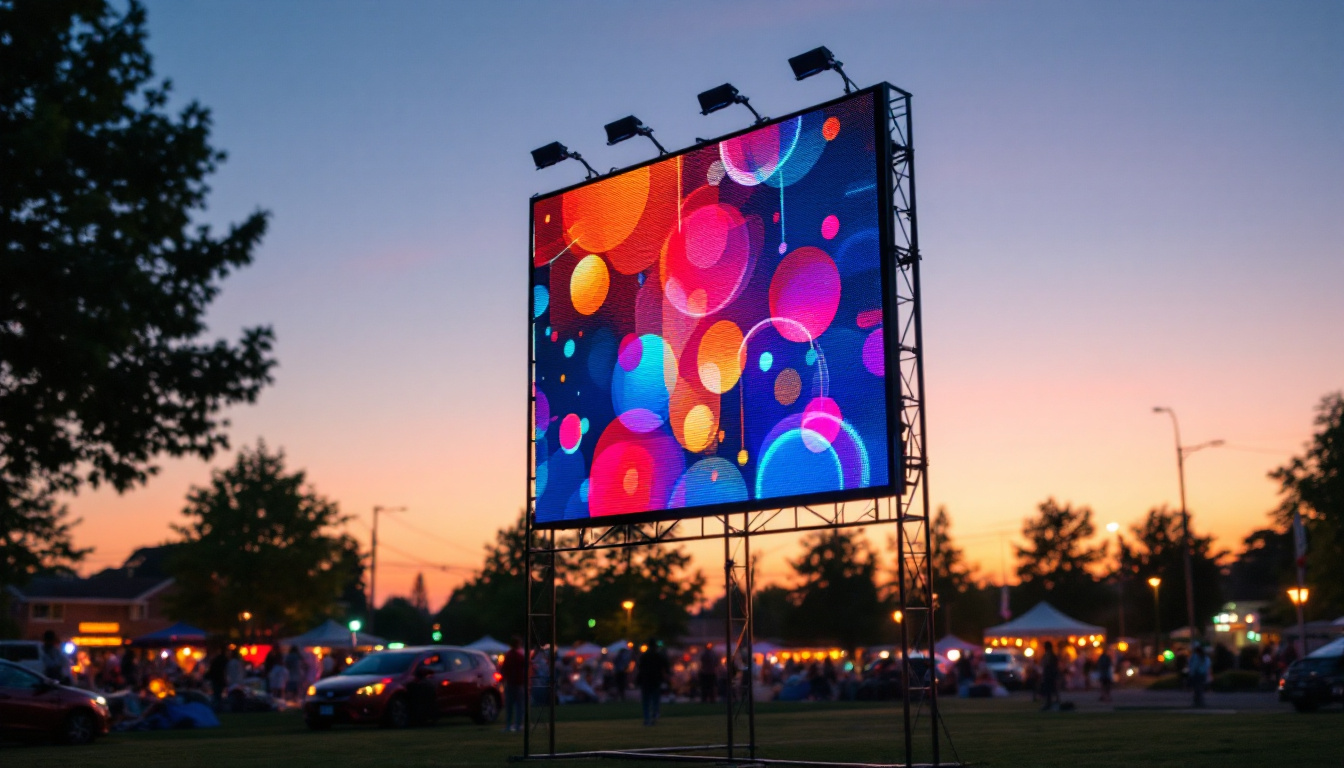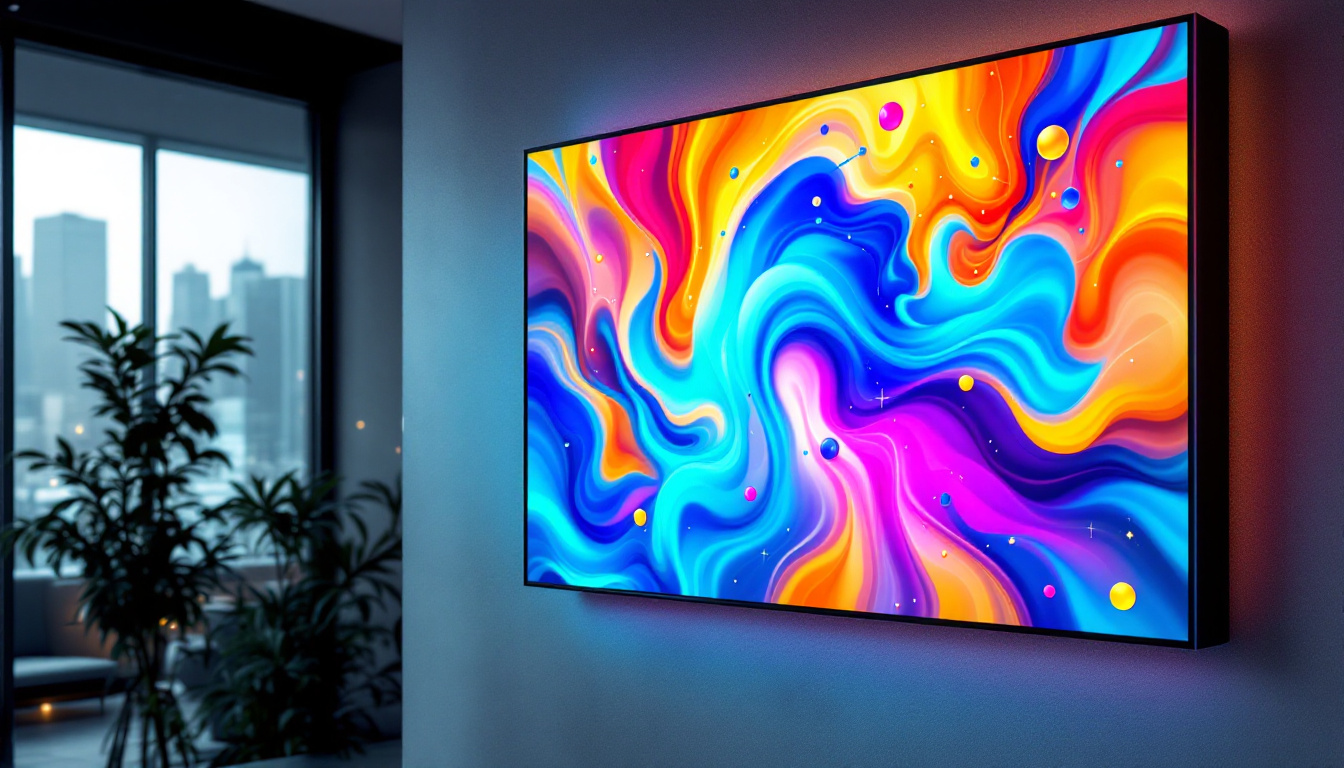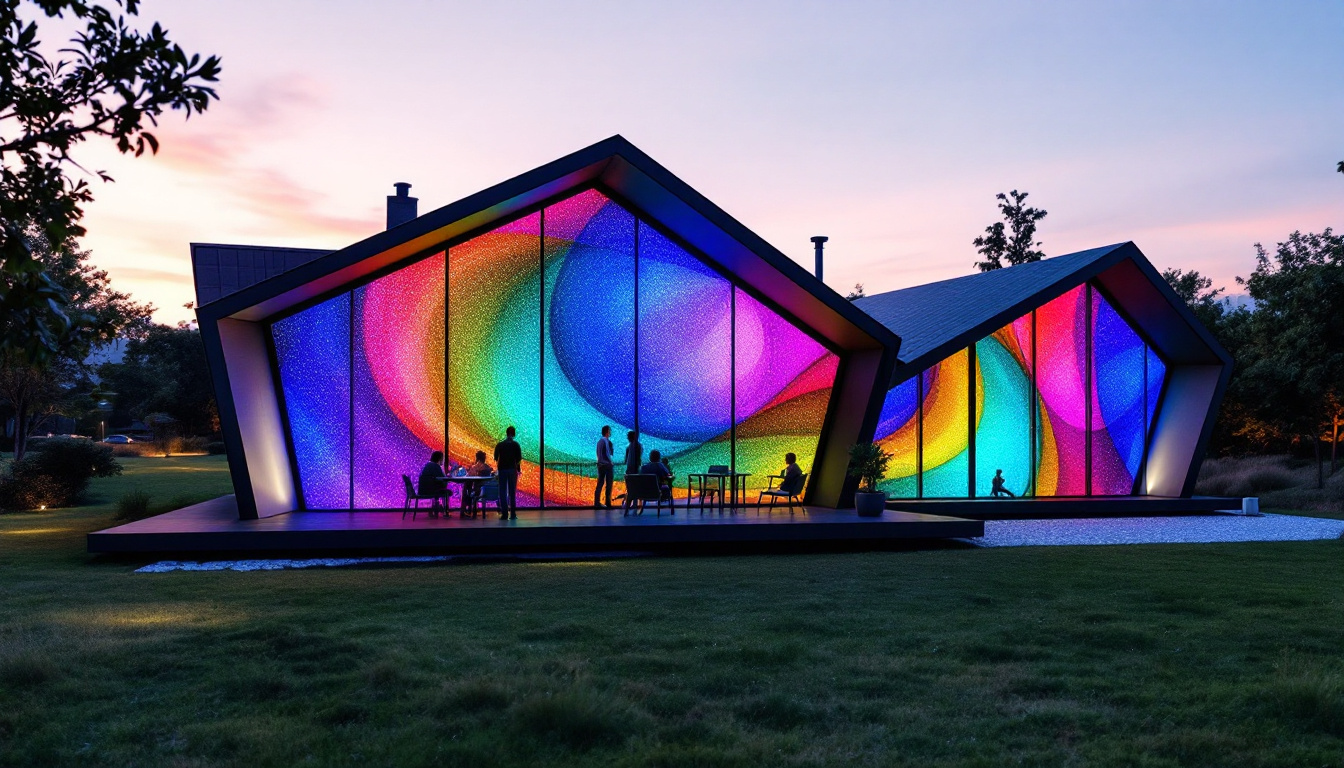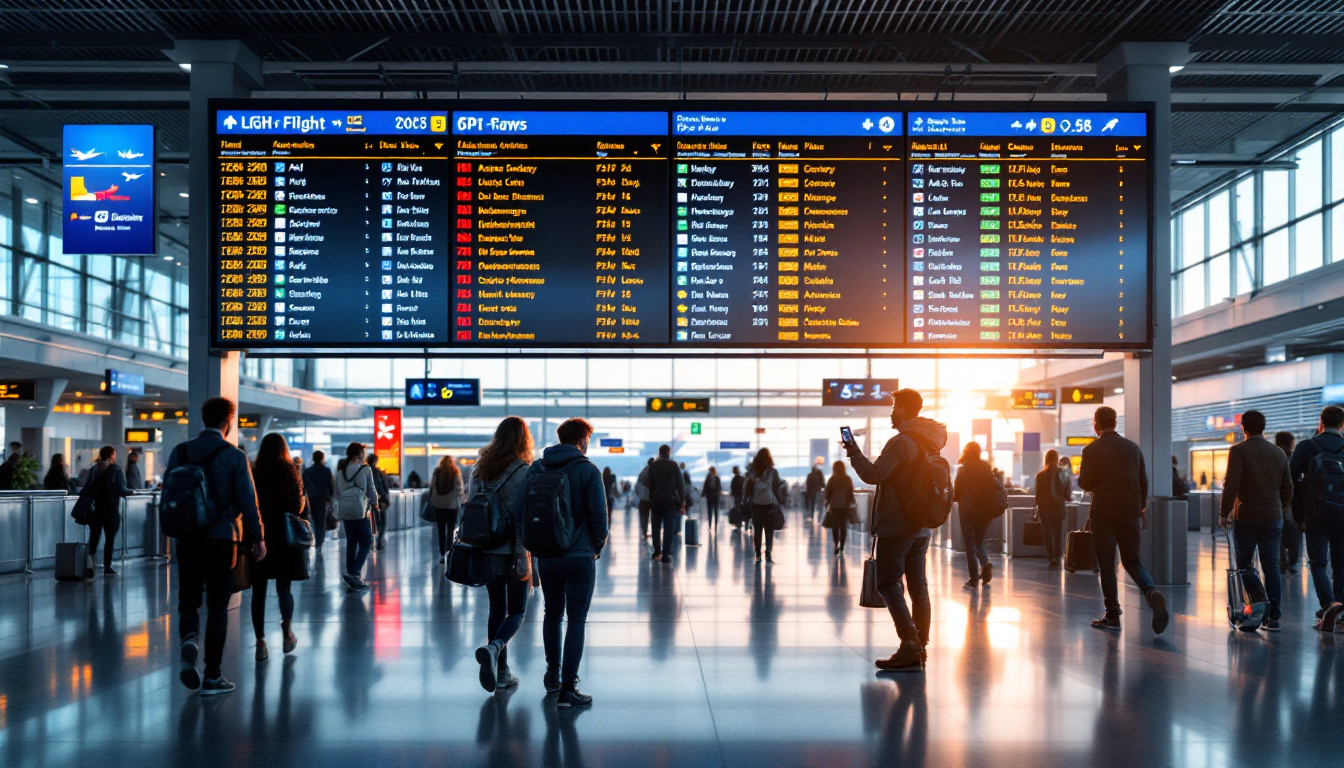In the realm of modern technology, particularly in the field of digital displays, the term “FIDS” has become increasingly prevalent. FIDS stands for Flight Information Display System. These systems are essential for providing real-time information about flight schedules, gate changes, and other pertinent details to passengers in airports. As airports continue to evolve, the integration of LED displays into FIDS has transformed the way information is communicated. This article delves into the meaning of FIDS, its components, and the role of LED displays in enhancing passenger experience.
Understanding FIDS
Flight Information Display Systems are crucial in managing the flow of information in airports. They serve as the primary source of flight-related data for passengers, helping them navigate their travel experience more effectively. FIDS can be found in various locations throughout an airport, including check-in areas, boarding gates, and baggage claim zones.
Components of FIDS
A typical FIDS comprises several key components that work together to deliver accurate and timely information. These components include data sources, display technology, and user interfaces.
Data sources are the backbone of any FIDS. They gather information from various systems, such as airline databases, air traffic control, and weather services. This data is then processed and formatted for display. The integration of these diverse data streams ensures that passengers receive comprehensive updates, from flight schedules to potential delays caused by weather conditions or technical issues.
Display technology, particularly LED displays, plays a significant role in how information is presented. LED screens are favored for their brightness, clarity, and energy efficiency, making them ideal for high-traffic environments like airports. Additionally, modern FIDS can incorporate touchscreen technology, allowing passengers to interact with the displays for more personalized information, such as terminal maps or gate information, enhancing the user experience.
Functionality of FIDS
FIDS systems function by continuously updating information in real time. When a flight is delayed or a gate is changed, the system instantly reflects these changes on the displays. This immediacy is vital for ensuring that passengers have the most current information available. Furthermore, the systems are designed to handle large volumes of data simultaneously, ensuring that even during peak travel times, updates are processed without delay.
Moreover, FIDS can be programmed to display additional information, such as airport services, safety announcements, and even advertisements. This versatility allows airports to utilize their display systems for multiple purposes, enhancing the overall passenger experience. For instance, during holiday seasons or special events, FIDS can showcase promotional offers from airport retailers or dining options, guiding travelers to amenities that may enhance their wait times. Additionally, some advanced systems are now incorporating multilingual support, ensuring that non-native speakers can easily access flight information, making travel more accessible and less stressful for everyone.
The Role of LED Displays in FIDS
LED displays have revolutionized the way information is conveyed in airports. Their advantages over traditional display technologies, such as LCD and CRT, make them the preferred choice for FIDS installations.
Advantages of LED Technology
One of the primary advantages of LED technology is its brightness. LED displays can be easily viewed in various lighting conditions, which is essential in an airport environment where sunlight can often create glare on screens.
Additionally, LED displays are known for their energy efficiency. They consume less power compared to other display types, which is beneficial for airports looking to reduce their operational costs and environmental impact.
Durability is another significant factor. LED displays are built to withstand the rigors of constant use, making them a reliable option for airports that require 24/7 operation.
Furthermore, LED technology offers a wider viewing angle, allowing passengers to see the information displayed from various positions without distortion. This feature is particularly advantageous in bustling airport terminals where crowds can obstruct direct lines of sight. The ability to maintain image quality from multiple angles ensures that all travelers, regardless of where they are standing, can access crucial flight information seamlessly.
Enhancing Passenger Experience
The integration of LED displays into FIDS has significantly enhanced the passenger experience. With clear and vibrant visuals, travelers can easily read flight information without straining their eyes. This clarity is particularly important for individuals with visual impairments.
Moreover, the ability to update information in real-time means that passengers can make informed decisions about their travel plans. Whether it’s a last-minute gate change or an unexpected delay, LED displays ensure that travelers are kept in the loop.
In addition to displaying essential flight information, LED screens can also be used to showcase advertisements, airport services, and local attractions, enriching the overall airport experience. By providing engaging content, airports can not only inform passengers but also entertain them during their wait times. This dual functionality of LED displays contributes to a more pleasant atmosphere, helping to alleviate the stress often associated with air travel. As airports continue to evolve, the versatility of LED technology will likely play a crucial role in shaping the future of passenger communication and engagement.
Future Trends in FIDS and LED Technology
The future of Flight Information Display Systems is poised for exciting advancements, particularly with the ongoing evolution of LED technology. As airports continue to prioritize passenger experience, several trends are emerging that could shape the future of FIDS.
Smart Technology Integration
One of the most significant trends is the integration of smart technology into FIDS. This includes the use of artificial intelligence and machine learning to predict flight delays and automatically update displays. Such advancements could lead to even more efficient communication between airports and passengers.
Furthermore, smart technology can enable personalized information displays. For instance, travelers could receive notifications on their mobile devices, which would then be reflected on the LED displays in real-time, creating a seamless flow of information. This level of personalization not only enhances the user experience but also allows airports to tailor messages based on passenger profiles, such as frequent flyers or families traveling with children, ensuring that relevant information is prioritized.
Interactive Displays
Another trend is the development of interactive LED displays. These systems allow passengers to engage with the information being presented. For example, travelers could touch a screen to access detailed flight information or airport services, enhancing their overall experience.
Interactive displays can also provide wayfinding assistance, helping passengers navigate through complex airport layouts. This functionality is particularly beneficial in large international airports where confusion can easily arise. Additionally, these displays can be programmed to offer multilingual support, catering to the diverse backgrounds of travelers. By integrating augmented reality features, passengers could even visualize their route through the airport, making it easier to find gates, lounges, and amenities, thus reducing stress and improving the overall travel experience.
Moreover, the incorporation of gamification elements into these interactive displays could further engage passengers waiting for their flights. For instance, airports could introduce fun quizzes or challenges related to travel trivia, rewarding participants with discounts at airport shops or eateries. This not only entertains but also fosters a sense of community among travelers, transforming the often mundane wait times into enjoyable experiences.
Challenges in Implementing FIDS
While the benefits of FIDS and LED technology are clear, there are challenges associated with their implementation. Airports must consider various factors, including cost, maintenance, and the need for continuous updates.
Cost Considerations
Implementing a comprehensive FIDS can be a significant financial investment. Airports must weigh the costs of purchasing and installing LED displays against the potential benefits. This includes not only the initial outlay but also ongoing maintenance and operational costs.
However, many airports find that the long-term savings associated with energy-efficient LED technology can offset these initial costs. Moreover, the enhanced passenger experience can lead to increased customer satisfaction and loyalty, ultimately benefiting the airport financially. Additionally, airports may explore financing options or partnerships with technology providers to alleviate the burden of upfront costs. By leveraging grants or subsidies aimed at improving airport infrastructure, they can further mitigate financial risks while enhancing their technological capabilities.
Maintenance and Updates
Another challenge is the need for regular maintenance and updates to ensure that the FIDS operates smoothly. This includes software updates, hardware maintenance, and ensuring that data sources remain accurate and reliable.
Airports must establish protocols for regular checks and updates to avoid potential downtimes or inaccuracies in the displayed information. This ongoing commitment is essential for maintaining the integrity and reliability of the FIDS. Furthermore, training staff to handle minor repairs and updates can reduce dependency on external contractors, leading to faster response times and lower costs. As technology evolves, airports also face the challenge of integrating new features and capabilities into their existing systems, which may require additional investments in both time and resources to ensure seamless functionality.
Conclusion
The meaning of FIDS extends beyond mere flight information; it encompasses the entire passenger experience within an airport. With the integration of LED displays, FIDS has transformed into a dynamic and interactive system that enhances communication and efficiency.
As technology continues to evolve, the future of Flight Information Display Systems looks promising. Innovations in smart technology and interactive displays will further improve how airports convey information to travelers. Despite the challenges associated with implementation, the benefits of FIDS are undeniable, making it an essential component of modern air travel.
In summary, understanding the meaning of FIDS and the role of LED displays is crucial for anyone involved in the aviation industry, whether as an airport operator, airline staff, or frequent traveler. The continued development of these systems will play a vital role in shaping the future of air travel.
Discover the Future of Visual Communication with LumenMatrix
As we embrace the dynamic evolution of Flight Information Display Systems and the pivotal role of LED technology in enhancing the passenger experience, LumenMatrix stands at the forefront of this transformation. Our commitment to innovation is reflected in our diverse range of LED display solutions, from Indoor and Outdoor LED Wall Displays to specialized options like Vehicle, Sports, and Custom LED Displays. We invite you to explore how LumenMatrix can illuminate your brand’s message and captivate your audience. Check out LumenMatrix LED Display Solutions today and join us in revolutionizing visual communication.































